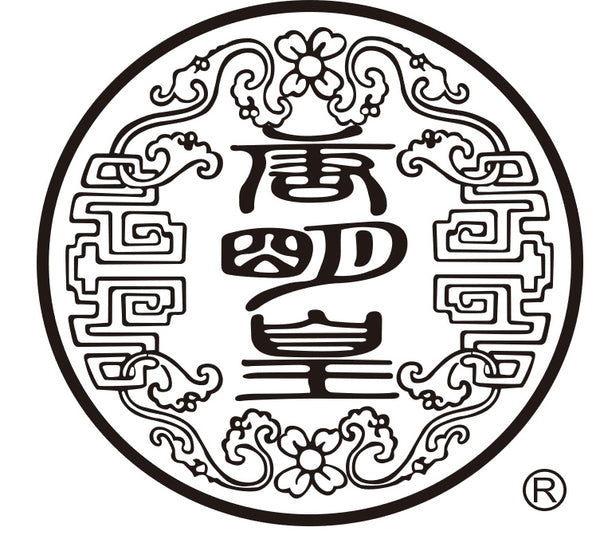
How much do you know about the differences between black tea, green tea, and oolong tea? Let’s explore their production processes!
Share
Black tea, green tea, and oolong tea are three commonly heard tea types in our daily lives. Interestingly, the differences between them are not determined by the tea plant variety but by the degree of fermentation (oxidation). While tea can be further classified into six main types, and each type varies due to slight adjustments in tea leaf varieties and processing methods, this article will focus on a simpler comparison of these three types and their production processes.
Black Tea
Often referred to as "fully fermented tea," black tea's fermentation degree typically ranges from 80% to 95%. The term "fully fermented" is more of a classification term to differentiate it from non-fermented or partially fermented teas like oolong, rather than an exact fermentation level. Its longer fermentation process produces a rich aroma and a deep-colored tea liquor.
Production Steps:
1. Plucking: Fresh tea leaves, usually two or three leaves with a bud, are picked. Younger leaves result in a stronger tea taste but may introduce bitterness, while older leaves yield weaker flavors with stronger astringency.
2. Withering: The leaves are allowed to wither in a ventilated indoor environment, which reduces moisture and softens the leaves. This process can vary from less than 10 hours to over 20 hours depending on factors like environment, tea variety, and personal preference.
3. Rolling: The tea leaves are gently rolled to break the cell walls, promoting the interaction of enzymes with oxygen to accelerate oxidation. The intensity of rolling impacts the tea's concentration and mouthfeel.
4. Fermentation: In a controlled environment with specific temperature and humidity, the leaves oxidize, turning a deep brown color and developing black tea's signature fruity aroma and sweetness.
5. Drying: The oxidized leaves are dried to halt fermentation and lock in flavor. High-temperature baking enhances the aroma, while low-temperature drying preserves more natural fragrances.
Key Factors Influencing Flavor:
Fermentation Time and Temperature: Longer fermentation enhances aroma and deepens tea color, while over-fermentation may result in bitterness.
Drying Temperature: High temperatures add caramelized notes, while lower temperatures retain more natural fragrances.
Green Tea
Green tea is classified as "non-fermented tea," emphasizing its fresh green color and refreshing taste. Its production focuses on preventing oxidation, and its processes are relatively simpler than black and oolong tea.
Production Steps:
1. Plucking: Young and tender leaves are preferred to retain a fresh flavor.
2. Fixation (Kill-Green): High heat is applied to tea leaves (via pan-firing or steaming) immediately after plucking to stop enzymatic activity and prevent oxidation. This is the most crucial step in green tea production, as it preserves the tea's fresh taste.
3. Rolling: The leaves are lightly rolled to shape them without promoting oxidation.
4. Drying: The leaves are dried at low temperatures to preserve their flavor and green appearance.
Key Factors Influencing Flavor:
Fixation Method and Timing: High temperatures can scorch the leaves, while insufficient fixation may lead to incomplete oxidation. Pan-firing adds roasted notes, whereas steaming retains fresher, seaweed-like aromas.
Drying Process: Gentle drying preserves natural flavors but requires careful temperature control to prevent discoloration or loss of aroma.
Oolong Tea
Oolong tea falls between black and green teas and is partially fermented, with fermentation levels typically ranging from 15% to 70%. It has the most complex production process, creating a rich and layered flavor profile.
Production Steps:
1. Withering: Oolong tea starts with "sun-withering," where leaves lose moisture under sunlight before being moved indoors for further withering.
2. Bruising (Yao Qing): This unique step involves gently shaking the leaves in bamboo baskets to bruise the edges, breaking cell walls and promoting oxidation. This process is repeated multiple times, with resting periods in between.
3. Fixation (Kill-Green): Heat is applied to halt oxidation, with precise temperature control essential to retain aroma.
4. Rolling: The leaves are rolled to release tea juices, enhancing aroma and taste while forming the final leaf shape.
5. Drying: The tea is dried to reduce moisture and ensure proper storage. For semi-ball-shaped oolong teas, rolling and drying are repeated to achieve the desired shape.
Key Factors Influencing Flavor:
- Withering: Longer withering enhances floral or fruity aromas, while shorter withering results in fresher, green tea-like flavors.
Bruising: The number of bruising cycles determines fermentation levels, affecting flavor intensity and aroma complexity.
Conclusion
Although this overview simplifies the differences in the production processes of black, green, and oolong teas, countless factors influence tea flavor, including weather, temperature, humidity, tea leaf conditions, and equipment. Producing quality tea requires expertise, skill, and the harmonious interplay of these elements.
